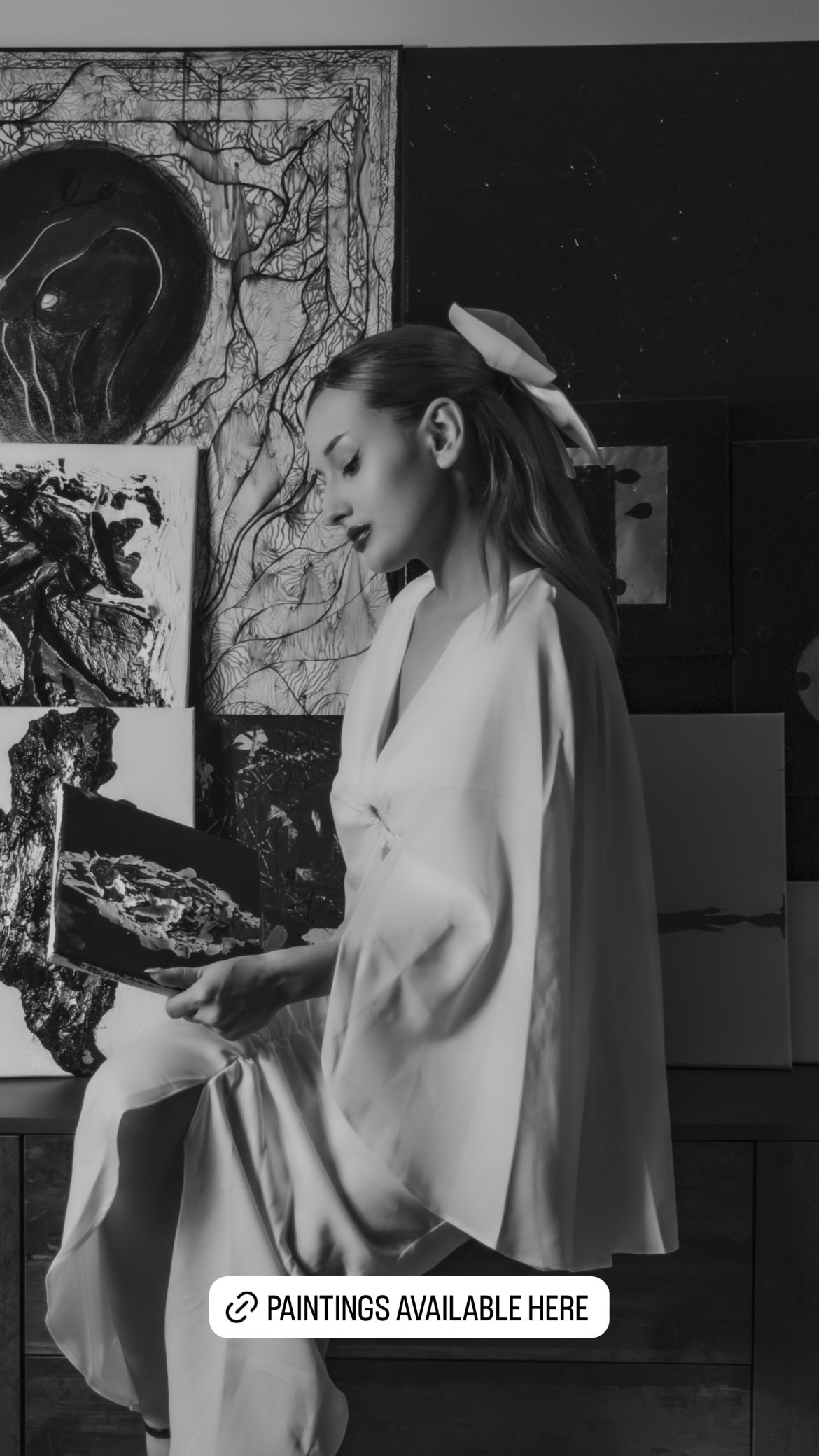Finding inspiration in writing letters
- Ava Blanche
- Jul 29, 2024
- 2 min read
In our digital age, the tactile and personal nature of a handwritten letter stands out as a powerful medium for genuine human connection.
Reflecting on Kafka's letters, particularly those to Milena Jesenská, reveals that the act of writing can transcend mere communication. These letters are not just messages but intricate tapestries of thought, filled with Kafka's innermost struggles, aspirations, and affections. Through his writing, Kafka lays bare his soul, capturing the profound complexities of his emotions and the depth of his intellectual pursuits.
In an era where much of our communication is fleeting and impersonal, Kafka’s letters remind us of the enduring value of writing as a means of authentic self-expression and meaningful connection. They encourage us to slow down and appreciate the richness that thoughtful, handwritten correspondence can bring to our relationships and creative work.
For designers, Kafka’s letters serve as a poignant reminder of the importance of authenticity and emotional depth in our work. Just as Kafka used the written word to convey his innermost thoughts, designers can use visual elements to express complex emotions and narratives. Good design, like a well-crafted letter, has the power to communicate far beyond the surface level, creating connections that resonate on a deeper level.
It is also encouraging to incorporate elements of authenticity and intimacy into our work, striving for designs that resonate on a deeper level. In a world increasingly dominated by fleeting digital interactions, the act of writing and receiving a letter remains a profound, personal experience, echoing Kafka’s legacy and its relevance to our creative endeavors.
Moreover, the art of letter writing itself offers a rich source of diverse inspiration for designers. The careful choice of paper, the elegance of handwritten script, and the addition of decorative elements such as illustrations, stamps, and wax seals all contribute to the letter’s aesthetic and emotional impact. These elements can be translated into design practices, encouraging designers to pay attention to detail and to imbue their work with a personal touch. Whether it’s incorporating hand-drawn elements, choosing materials with a tactile quality, or designing with an eye for intimate, heartfelt communication, the principles of beautifully crafted letters can elevate and enrich our creative projects.



Comments